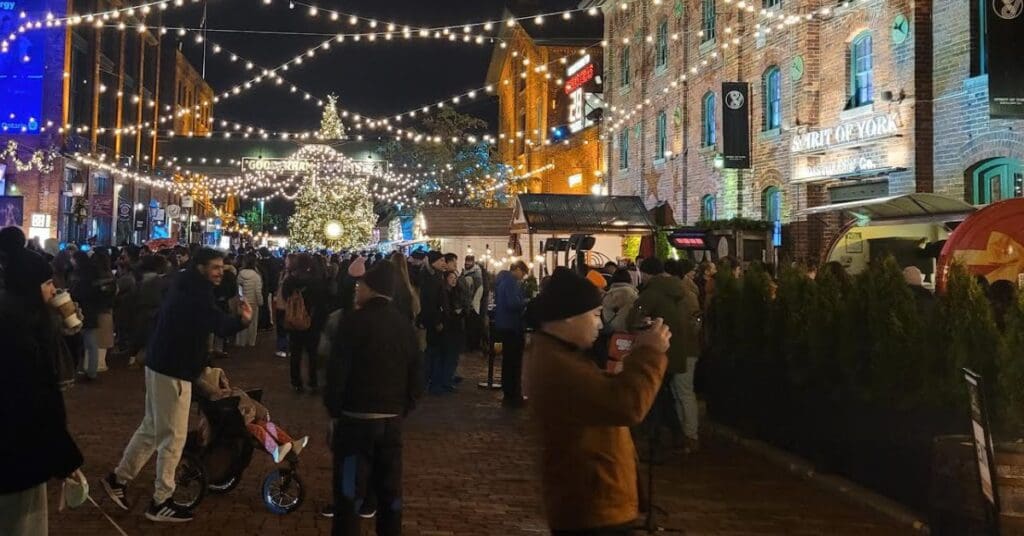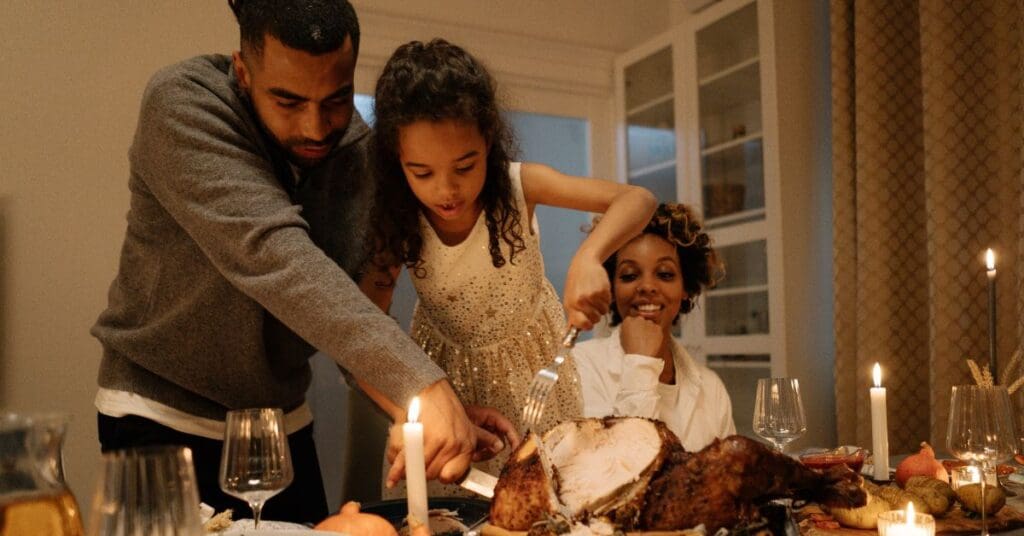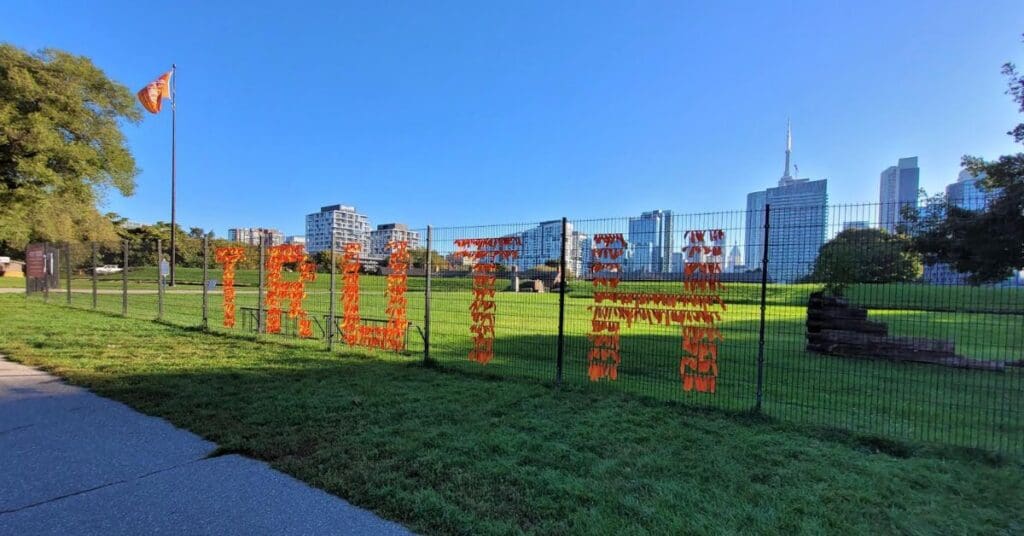Your Canadian experience starts now! Dive into our resources to make the most out of living in this amazing country. From understanding statutory holidays and seasonal clothing to celebrating cultural events and finding the best Canadian TV shows, we cover it all. Explore articles on special days like Family Day, Saint Patrick’s Day, and Canada Day, and learn about the traditions and history that shape Canadian life. Whether you’re new to Canada or looking to deepen your understanding of its culture, you’ll find valuable insights and tips right here.

Life in Canada
The Best Christmas Markets in Canada 2025: A Festive Guide for Newcomers

Life in Canada
Halloween in Canada: A Newcomer’s Guide to Trick or Treating

Life in Canada
Diwali in Canada 2025: How Newcomers Celebrate the Festival of Lights

Life in Canada
Your First Thanksgiving in Canada: Traditions, Meaning & How to Celebrate

Life in Canada
What is the National Day for Truth & Reconciliation in Canada?

Life in Canada
Canada Day 2025 for Newcomers: What to Know, Do & Celebrate

Life in Canada
How Canada Will Celebrate Pride 2025

Life in Canada
Mother’s Day Canada | Memories of My Immigrant Experience

Life in Canada
Easter in Canada: Celebrations and Traditions in 2025

Life in Canada
Earth Day in Canada: 5 Small Actions with a Big Impact

Life in Canada
Celebrating the Traditions & Delights of Eid al-Fitr in Canada

Life in Canada
Saint Patrick’s Day: When Canada Goes Green








